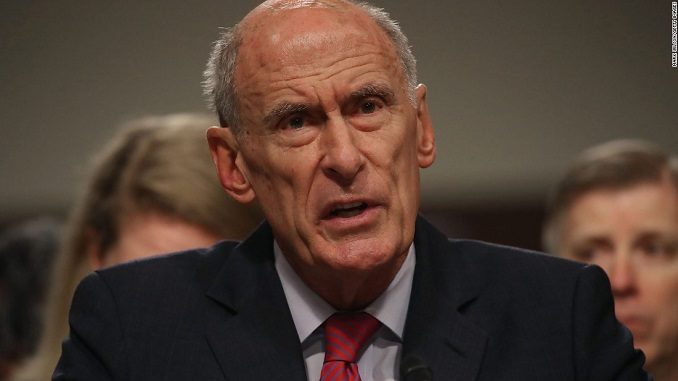
Director of National Intelligence Dan Coats unveiled his office’s new National Intelligence Strategy, warning at the same time that the United States is facing serious threats from a number of foes, both old and new.
Coats called these threats “the most complex and diverse threats ever seen,” noting that they come from expected places like Russia, China, North Korea and Iran but also from non-state actors and terrorists who “pose challenges within traditional, non-traditional, hybrid, and asymmetric military, economic, and political spheres.”
The strategy, traditionally released every four years, sets the agenda for the 17 American intelligence agencies and stresses the need for the intelligence community to be more transparent and to ensure its voice is heard in the national security conversation, CNN writes.
“One of the things that’s awesome about America is that people hate being duped,” a senior official in Coats’ office said.
The strategic goals in the report echo those of previous years, but the document also outlines how the U.S. intelligence community must address evolving threats “particularly in the realm of space, cyberspace, computing, and other emerging, disruptive technologies.”
“We face significant changes in the domestic and global environment; we must be ready to meet 21st-century challenges,” Coats wrote in an accompanying letter. “To navigate today’s turbulent and complex strategic environment, we must do things differently.”
Coats also said that the country’s intelligence community must make use of the most “advanced technology” to implement three guiding parts to its mission: Value-based integration, innovation, and transparency.
The strategy outlined in the 36-page report further asserts that the four nations named at the top of the report “will continue attempts to gain and assert influence, taking advantage of changing conditions in the international environment — including the weakening of the post-WWII international order and dominance of Western democratic ideals, increasingly isolationist tendencies in the West, and shifts in the global economy.”

Be the first to comment